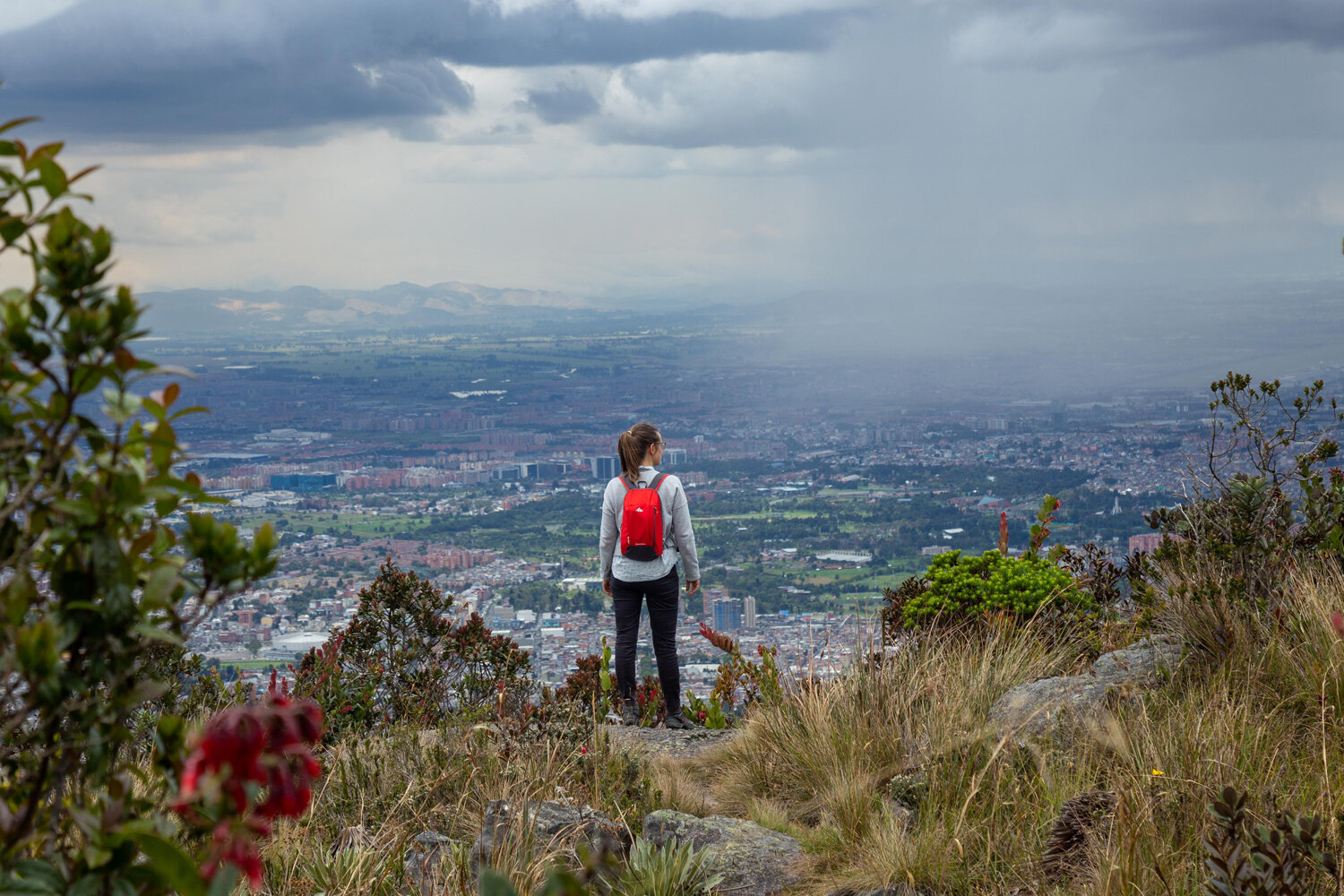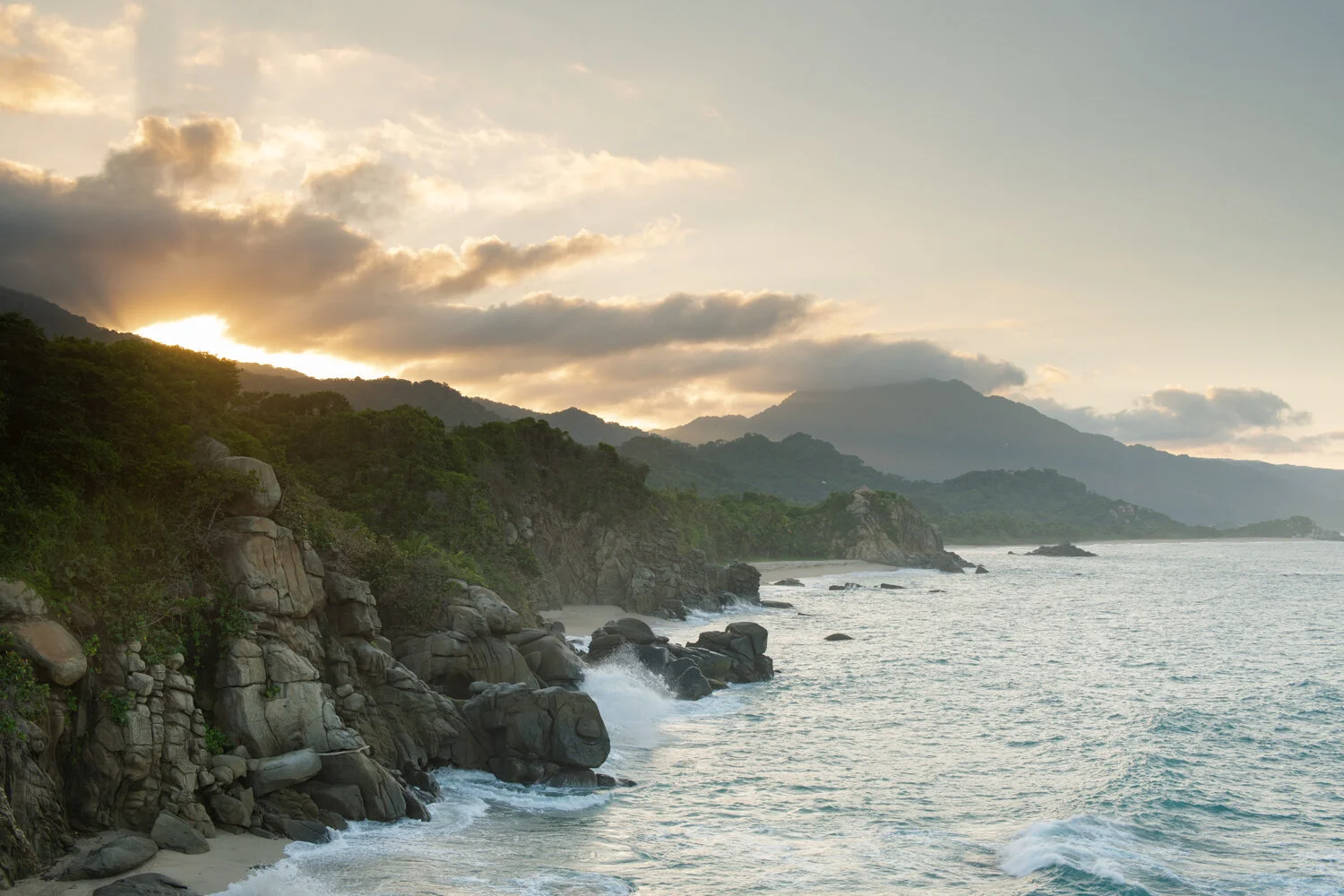Top 10 Hummingbirds You Can Only Film in Colombia
Colombia is the most bird-diverse country on earth, and it’s also the most hummingbird-diverse. Of the roughly 360 hummingbird species found on earth, almost 170 are found in Colombia. Nearly half of the hummingbirds in the Americas can be seen and filmed in Colombia.
Of those 170-odd hummingbird species in Colombia, 17 are endemic, meaning they are only found in Colombia. Some of these endemic species, like the Indigo-capped Hummingbird, are relatively widespread and simple to film at hummingbird feeders. In contrast, others, like the Chiribiquete Emerald, are extremely range-restricted and have rarely been filmed professionally.
This means that it’s still perfectly possible to capture the best footage of a species. For example, our footage of the Santa Marta Woodstar for The Birders documentary remains some of the only professional videos of this rare hummingbird.
Here are ten examples of beautiful hummingbirds that you can only film in Colombia:
Black Inca
This attractive endemic hummingbird is jet black with a glittering blue shoulder patch and an apparent white patch above the shoulder. Although its distribution in the Eastern Andes is highly fragmented, it’s locally quite common between 1,400-2,700 m in humid and wet forests. This fragmented habitat and continuing habitat loss have seen the Black Inca listed as ‘Vulnerable’ by the IUCN. However, several sites still exist where filming this species shouldn’t prove problematic.
It’s regularly encountered in Chicaque Natural Park near Bogotá and at the Pauxi Pauxi and Cerulean Warbler ProAves Reserves, but the best place to film this species is at Rogitama Reserve near Villa de Leyva, where it regularly visits feeders.
2. Blue-bearded Helmetcrest
One of Colombia’s most endangered and poorly-known endemic hummingbirds, the Blue-bearded Helmetcrest is only found between 3,000-4,800 m in the highly inaccessible habitat in the Sierra Nevada de Santa Marta Mountains of the Caribbean coast. Its remaining habitat is severely threatened by fire and overgrazing. It’s superficially similar to the other two endemic helmetcrest species found in Colombia (see below) but has a slightly shorter crest and the eponymous blue beard.
Filming this species involves a multi-day excursion to the high lakes of the Sierra Nevada, but the reward is the chance to film a bird that few people have seen, let alone filmed professionally. The Blue-bearded Helmetcrest is also the logo bird and the source of the theme music for WhereNext’s birding YouTube series, The Birders Show. You can see that logo and a video of our host’s expedition to find the bird below.
3. Buffy Helmetcrest
The Buffy Helmetcrest is probably the easiest of the three helmetcrest species to film. Although it’s restricted to páramo moorlands of the Central Andes, there is a regular stakeout for the bird near Los Nevados National Park entrance. It is regularly seen feeding and perching at this site among the high-altitude plants.
Although the changeable weather can present problems for filming, the bird normally performs well with patience. With its bright purple beard, it’s arguably the prettiest of the helmetcrests. We recently filmed this species for a soon-to-be-released episode of The Birders Show in Caldas department.
4. Green-bearded Helmetcrest
Colombia’s final helmetcrest species (Venezuela also has the endemic White-bearded Helmetcrest) is restricted to Eastern Andean páramos and, as its name suggests, is distinguished by its shining green beard. Unlike its Central Andean cousin, it seems to favor espeletia plants more strongly and is often found in areas where these strange high-altitude plants are flowering. Sumapaz and Chingaza National Parks near Bogotá are the best places to film this species. Be advised that filming in Colombian National Parks requires complicated permits.
Contact our Colombian production company to obtain all the necessary documentation to film in the National Parks.
5. Chestnut-bellied Hummingbird
The Chestnut-bellied Hummingbird is found almost exclusively in drier areas of the Magdalena River drainage in Santander and Boyacá departments, particularly in the Suárez, Chicamocha, and Chucurí river valleys. It’s considered ‘Endangered’ by IUCN, and its movements are unpredictable, seemingly following flowering plants in its largely arid native range. It’s a beautiful bird with rich chestnut underparts and a bright red lower mandible.
Although it’s possible to film this endemic hummingbird at many different spots in the Chicamocha Canyon and the Pauxi Pauxi and Cerulean Warbler ProAves Reserves, the best place is the little town of Soatá in Boyacá department. Here, many individuals visit feeders at a house near the town.
6. Chiribiquete Emerald
While all endemic species are, by definition, range-restricted, the Chiribiquete Emerald takes it to extremes. This little-known endemic is restricted to Chiribiquete National Park's rocky mesas and nearby Araracuara.
Chiribiquete - often called the ‘Real Lost World’ due to its inaccessible and pristine rainforest - is closed to outside visitors, but Araracuara can be accessed by charter flights from San Jose del Guaviare or Florencia, Caquetá.
The emerald seems reasonably common within its unique habitat, but it’s still a species that has barely been seen, photographed, or filmed.
7. Dusky Starfrontlet
This ‘Critically Endangered’ hummingbird is found in largely inaccessible or rarely visited areas, which explains why it is one of the most poorly-known Colombian endemic hummingbird species. It’s also the most unfairly named: far from being dusky, it glitters in the right light, with a bright green crown, blue throat, and golden-green belly.
It’s found in wet upper montane forests and treeline elfin woods between 2,300 and 3,500 m, although it appears to make seasonal elevational movements. In certain seasons, it turns up at feeders at the top of the iconic Montezuma Road, but the most reliable place to film it is the Colíbri del Sol ProAves Reserve (named after the Dusky Starfrontlet).
8. Santa Marta Woodstar
This tiny, 6 cm-long hummingbird endemic to the northern Santa Marta Mountains is another little-understood bird that apparently makes seasonal elevational movements, sometimes disappearing from regular spots for weeks or months. The males have a beautiful glittering pink throat and make a deep buzzing noise in flight, which often makes them mistaken for insects at a distance.
While unpredictable in their movements, Santa Marta Woodstars are regularly seen at feeders and flowering plants around El Dorado ProAves Reserve and other local reserves above Minca. That’s where we filmed this delightful tiny hummingbird for our documentary, The Birders.
9. Sapphire-bellied Hummingbird
The Sapphire-bellied Hummingbird inhabits coastal mangroves and adjacent scrub habitats at a few sites along the Caribbean coast, where it is often confused with the similar Sapphire-throated Hummingbird.
Some taxonomic authorities question the validity of Sapphire-bellied as a unique species, preferring to lump it in with Sapphire-throated. Whatever its status, this is a gorgeous hummingbird with a glittering deep violet-blue throat and breast and dark blue underparts.
The best place to film this species is around Isla Salamanca Park near Barranquilla.
10. Tolima Blossomcrown
This endemic hummingbird has a unique combination of a rufous crown and pale-yellow frontlet, which gives rise to the unusual blossomcrown name. Formerly considered one species, the two blossomcrown races were recently split, leading to two new endemics, the Santa Marta and Tolima Blossomcrown.
The Tolima version is easier to film, and although it’s not common, it is regularly encountered at feeders around El Encanto Reserve in the Huila department. However, it is best filmed at flowering plants in the gardens of the delightful Ukuku Lodge in Tolima’s Combeima Canyon.



























Learn what it takes to successfully execute a birding documentary production, from what to pack to the best gear for filming wild birds in natural conditions.